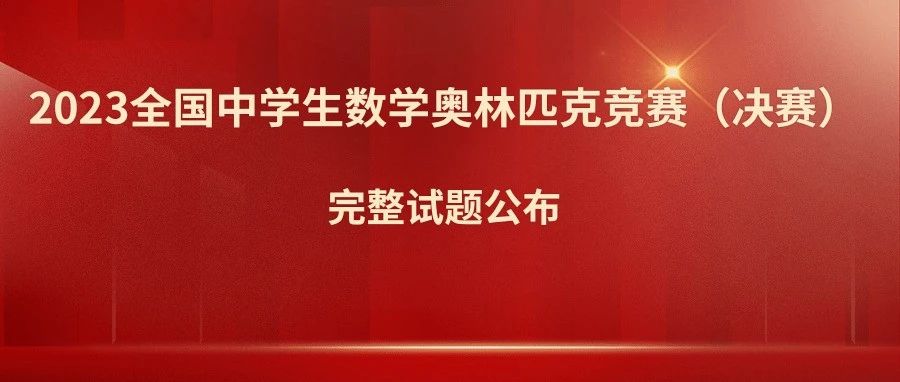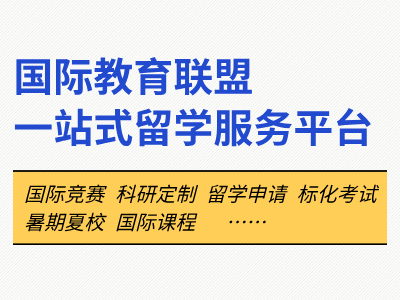要学好IGCSE经济,掌握核心定义是非常重要的一个环节。今天,老师就来给大家分享IGCSE核心定义,干货满满。由于篇幅原因,今天先分享微观部分,宏观部分明天发布,请持续关注!
IGCSE经济核心定义(微观部分)
Capital: goods/materials that are used for the production of other items.
Consumption: Using up goods/services.
Consumer Goods: goods that are wanted because they provide satisfaction to their owner.
Demerit Goods: goods that are perceived to have a negative impact/effect on society/individuals.
Economy: Total value of goods & services produced & exchanged within a country.
Enterprise: risk taking & decision making in business
Factors of Production: land, labour, capital, enterprise.
Fixed Capital: capital goods that do not need replacing in the short term (machinery, tools, buildings).
Free Goods: goods that require no resources to make (wind, sunshine).
Goods: items produced by the factors of production (usually for economic gain).
Labour: the human effort (mental & physical) required to produce something.
Land: the land we use/build on & resources that are contained in the land and water.
Markets: Place where goods & services are exchanged - (may be visible or invisible).
Merit Goods: goods that are perceived to provide positive externalities (beneficial to society)
Needs: requirements for continued existence (food, clean water, shelter)
Opportunity Cost: the cost of the next best alternative.
Production Possibility Curve: a curve that represents possible output if the factors of production are used efficiently. Also known as the 'opportunity cost curve' as it can be used to show the opportunity cost of producing different products/quantities).
Public Goods: good provided by the government (paid for through taxes) that everybody benefits from (street lighting).
Resources: items that are needed/ useful for consumption or the production of other items.
Scarcity: limited availability of resources (ones that will run out eventually), not enough to satisfy all the wants.
Services: something that fulfils a need, often not a physical object (banking, teachers, policemen).
Wants: the desires that people have that are not necessary for their existence/ luxuries.
Working Capital: capital products that are used up in the production process (raw materials).
Complementary goods: goods that are purchased to support/go with another product (petrol & cars).
Contraction in demand: movement along the demand curve to the left (higher price & lower quantity demanded).
Contraction in supply: movement along the supply curve to the left (lower price & lower quantity supplied).
Demand: want/willingness to buy a product.
Diminishing Marginal utility: consumption of additional units of a product provide less utility (satisfaction) each time.
Effective Demand: the financial ability to actually purchase the product.
Elasticity: the responsiveness of quantity supplied or demanded in relation to changes in price/income/other products.
Equilibrium: the point at which the supply and demand curves cross/intersect
Excess Demand: quantity demanded is greater than the quantity supplied at a given price.
Excess Supply: quantity supplied is greater than quantity demanded at a given price.
Extension in demand: a movement along the demand curve to the right (lower price & higher quantity demanded).
Extension in supply: a movement along the supply curve to the right (higher price & higher quantity supplied).
External costs: costs of production that have to be paid by someone other than the firm/individual (cleaning up pollution).
External benefits: benefit of production to others outside the firm/individual (1st aid training for employees)
Individual Demand: the amount a single person would be willing to buy at a range of prices.
Inferior goods: goods that consumers demand less of as incomes increase due to them opting to buy higher quality alternatives.
Market Demand: total demand for a product
Price elastic demand: a % change in price results in greater % change in quantity demanded.
Price inelastic demand: a % change in price results in smaller % change in quantity demanded.
Price elastic supply: a % change in price results in greater % change in quantity supplied.
Price inelastic supply: a % change in price results in smaller % change in quantity supplied.
Private costs: the costs that the company/individual has to pay for production (labour, raw materials).
Private benefits: the benefits to the company/individual of production (profits).
Social costs: private costs + external costs
Social benefits: private benefits + external benefits
Substitute goods: goods that can be used as a substitute/alternative for a product (butter & margarine).
Supply: the number of goods/services firms are able & willing to supply at a range of prices.
Unitary elasticity: % change in price results equal % change in quantity demanded or supplied.
Utility: the satisfaction gained from consuming a product.
Barter: system of trade through swapping items.
Cash: notes, coins and debit cards.
Central bank: the government's bank, responsible for issuing money, setting interest rates.
Checking account: Instant access account, see current account.
Commercial bank: High St bank (HSBC etc) offering a range of accounts to individuals and businesses.
Credit card: electronic payment card that allows users to make purchases with borrowed money that can be paid at a later date.
Current account: instant access account used for routine/regular transactions.
Debit card: electronic payment card linked to current/checking account that has the funds to make the transaction.
Disposable income: the money available after paying taxes that you can choose how to use.
Liquidity: the ability for and item/asset to be exchanged for cash with no loss of value.
Money: commodity that is universally accepted for as payment for all goods and services.
Money supply: the sum of the notes, coins and deposits in banks & financial institution.
Piece rate: payment based on quantity produced (fruit picking etc)
Salary: Annual payment total that is paid monthly.
Specialisation: Working on specific stage/stages of production in the aim of increasing productivity & lowering costs.
Stock exchange: organisation that facilitates the buying and selling of shares in Public & Private Limited Companies.
Trades union: organisation of workers that negotiate wages, working conditions & hours. Collective bargaining.
Wage: hourly rate for labour, often calculated weekly.
Wealth: collection of assets (houses, land, shares in companies, money saved in bank accounts).
Average cost: total cost/output.
Average revenue: total revenue/number of product/services sold.
Break-even Point: total revenue = total cost (no profit or loss made).
Cartel: small group of large firms that work together to keep prices high & therefore keep all their profits high. Usually illegal.
Co-operative: organisation owned by its workers and they share the rewards.
Costs: the money paid to produce/provide the service/product.
Diseconomies of scale:when an increase in the scale of production results in increased average costs (over-time pay etc).
Diminishing returns to labour: additional workers eventually add decreasing levels of marginal output (eg. too many people share tools and get in each others way)
Division of labour: the allocation of workers to specific tasks in the production line.
Economies of scale: when increases in production (output) lead to reduced total average costs (discount for bulk buying etc).
Factory: the site/building that produces the product, a firm may have more than one.
Firm: The company/business that owns one or more factories.
Fixed costs: costs that have to be paid regardless of level production (rent, loan repayments).
Horizontal integration: merging of firms at the same stage of production.
Increasing returns to labour: initially as additional workers are employed their marginal output increases.
Industry: A group of firms producing similar or same goods (eg: soft drinks industry - coca cola would be a firm in this industry).
Marginal cost: the additional cost of producing an extra unit.
Marginal Product/productivity: additional output gained from the employment of an additional worker.
Marginal revenue: the additional revenue gained from selling an extra unit.
Monopoly: Single firm controls the supply in a market (has no competitors).
Multinational Company (MNC): Company that has outlets or production facilities in more than one country.
Normal Profit: profit level just high enough to keep firms in the industry.
Oligopoly: Small number of large companies control the supply in a market.
Partnership: 2 to 20 individuals jointly own a business and share the profits(solicitors).
Primary Industry: Industries involved in extracting raw materials (agriculture, fishing, forestry, mining).
Private Limited Company (Ltd): company owned by shareholders, but shares only sold privately, not on the stock exchange.
Productivity: output per worker.
Profit: revenue - costs (the money you are left over with after costs are deducted).
Public Limited Company (plc): company owned by shareholders & shares sold on the stock exchange to the public.
Revenue: total money obtained from sales (before any deductions).
Secondary Industry: Manufacturing or construction industries. Ones that make things (factories, carpenters, bakers, builders).
Sole-trader: Single owner of a business, usually small scale.
Super-normal Profit: increased demand in an industry leads firms to make above normal profits.
Tertiary Industry: Industries that provide a service (banking, solicitors, teachers, police forces, doctors).
Total costs: fixed costs + variable costs.
Total Revenue: price x output (the total amount of money gained from sales of a product).
Transnational Company (TNC): see multinational company.
Variable costs: costs that are dependent on the level of production (raw materials, labour in some cases).
Vertical Integration: merging of firms which are involved in the production of the same product but at different stages.















